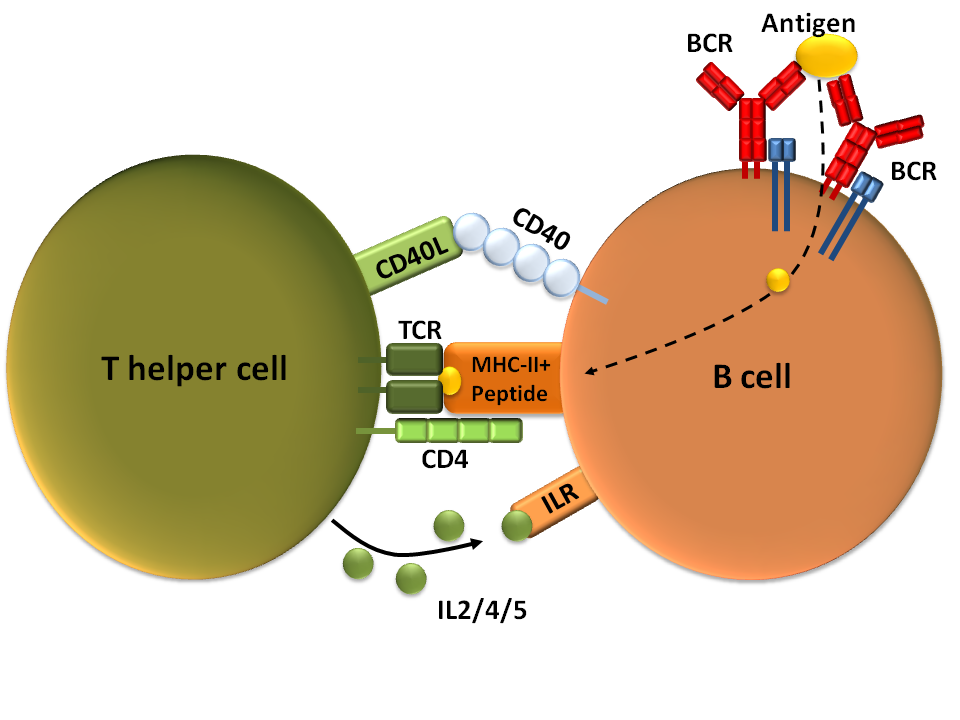IMPORTANCE: This study describes what is, to our knowledge, the previously unknown effect of glatiramer acetate therapy on B cells in patients with relapsing-remitting multiple sclerosis (MS).
OBJECTIVE: To determine whether glatiramer acetate therapy normalizes dysregulated B-cell proliferation and cytokine production in patients with MS.
DESIGN, SETTING, AND PARTICIPANTS: Twenty-two patients with MS who were receiving glatiramer acetate therapy and 22 treatment-naive patients with MS were recruited at The University of Texas Southwestern Medical Center MS clinic. Cell samples from healthy donors were obtained from HemaCare (Van Nuys, California) or Carter Blood Bank (Dallas, Texas). Treatment-naive patients with MS had not received any disease-modifying therapies for at least 3 months before the study.
EXPOSURES: Glatiramer acetate therapy for at least 3 months at the time of the study.
MAIN OUTCOMES AND MEASURES: B-cell phenotype and proliferation and immunoglobulin and cytokine secretion.
RESULTS: A restoration of interleukin 10 production by peripheral B cells was observed in patients undergoing glatiramer acetate therapy as well as a significant reduction of interleukin 6 production in a subset of patients who received therapy for less than 32 months. Furthermore, proliferation in response to high-dose CD40L was altered and immunoglobulin production was elevated in in vitro-activated B cells obtained from patients who received glatiramer acetate.
CONCLUSIONS AND RELEVANCE: Glatiramer acetate therapy remodels the composition of the B-cell compartment and influences cytokine secretion and immunoglobulin production. These data suggest that glatiramer acetate therapy affects several aspects of dysregulated B-cell function in MS that may contribute to the therapeutic mechanisms of glatiramer acetate.
The saga of mechanisms of action of glaterimer acetate continues, here I am thinking its Treg, CD8 regulatory cells or Th2 etc etc and now the effect of Copaxone is affecting the B cell compartment. Is this activity the action of T regs or new function?
What next a cure for ebola..only joking (please see yesterdays post by Arie for details)
What next a cure for ebola..only joking (please see yesterdays post by Arie for details)
ProfG will be happy he thinks its all B cells.
Forty years after copaxone was described and patent life is now expired, we still don't really know how it is working.
